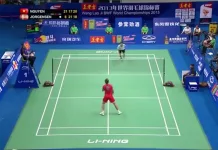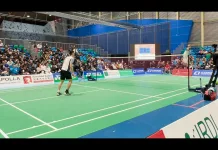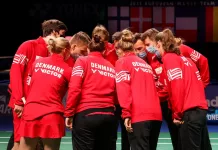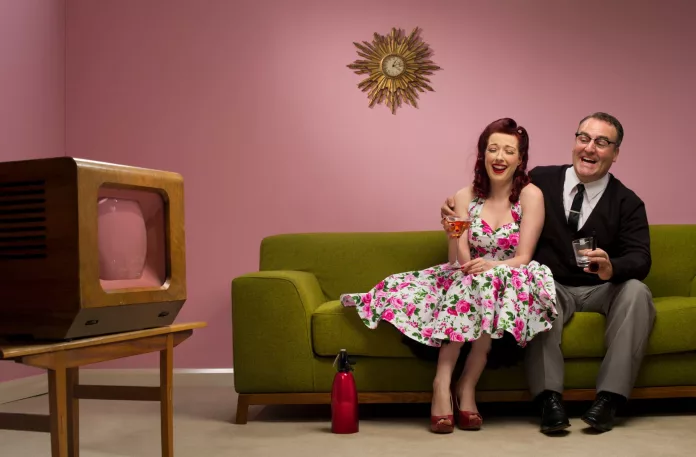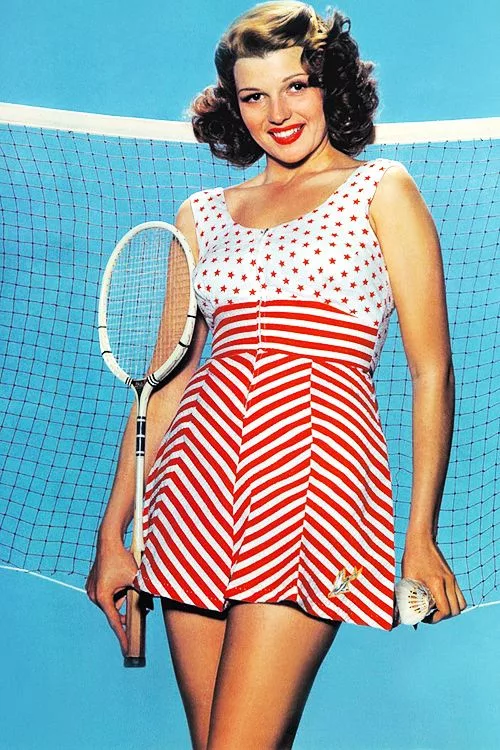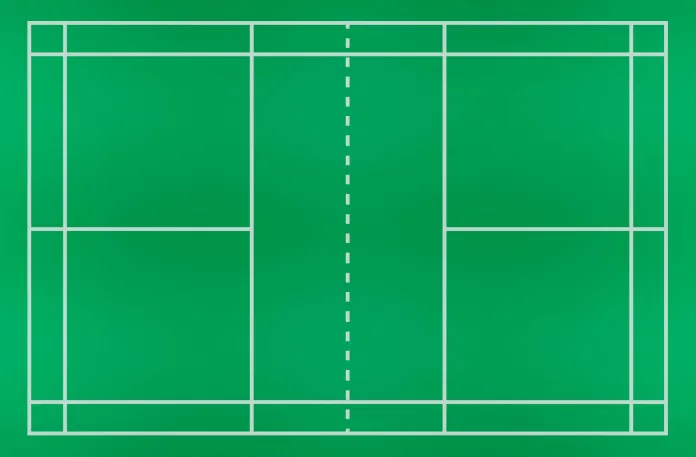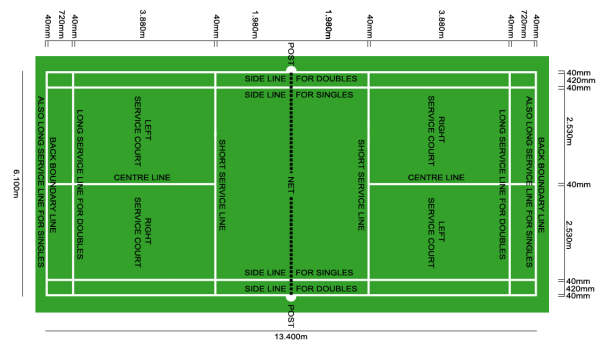Badminton fans understandably want to watch their favorite players compete. But often they cannot because badminton matches aren’t broadcasted or streamed online
> See where to watch badminton on TV or via a streaming service <
In this day and age, it is fully possible to fully broadcast most, if not all, tournaments. The average TV product for badminton, which typically involves coverage of just one or two courts, is not up to par. Badminton is faring a bit better in terms of tournaments that are streamed directly to the online badminton audience.
BWF (Badminton World Federation) and its regional federations still have a long way to go in terms of TV coverage of badminton.
Compared to tennis, for instance, badminton is trailing far behind. TV coverage from many tournaments is inadequate. Often the broadcast coverage is limited to matches played on one or two courts. In my opinion, that’s not good enough. And I wonder why the commercial partner of BWF – Infront Sport – hasn’t convinced BWF to improve their setup.
The question is if the powers that be will make streaming – and securing deals to get TV coverage – finally become a priority.
Here’s Michael Leander‘s take on the matter. (Get the BadmintonSpeak newsletter for more)
Badminton streaming in Europe
Badminton Europe has progressed recently through its Badmintoneurope TV website. This website streams matches from many European tournaments. Most recently they have experimented with streaming team event matches from the Badminton League (Badminton Ligaen) in Denmark as well.
Although the live streaming solution is “half-baked”, Badmintoneurope.tv is on to something. If they improved the ad-serving (which currently is horrendous), upgraded the tablet- and mobile app, and provided a more efficient way to access the schedule of matches, the solution would become even better.
Also in Europe, a few tournament organizers do a really good job of streaming all tournament badminton matches from all courts. Spain and France seem to be leading the way, but we’ve also seen recommendable initiatives from tournaments in Poland.
Interestingly, a number of tournaments in Benalmadena in Andalusia (Spain) were seemingly streamed in association with the local tourism authority. In between matches, different local advertising- and service messages were shown. That’s a neat method to possibly generate some revenue to cover the cost of streaming.
How not to do badminton streaming
In their infinite wisdom, Badminton Denmark created a streaming initiative, which, in my opinion, is wrong in so many ways. Badminton fans in Denmark obviously appreciate being able to watch badminton matches online. But the live-streaming approach of Badminton Denmark is so poor that most badminton fans have chosen to largely ignore it.
If you’d like to know what not to do, get in touch.
Differentiate between streaming quantity and quality
Ideally, I would like to experience all badminton matches in professional TV broadcast quality. A quality TV product typically offers the viewer:
– close-up of players,
– slow-motion repeats of specific shots,
– professional commentary,
– stats on smash speed, rally duration, etc.,
– excellent light and sound
The goal of any TV broadcast is to make the viewer feel as if they are there at the venue.
Naturally, TV broadcast quality requires an expensive setup: multiple cameras, a badminton-savvy producer, control of sound- and light, etc. In other words, it probably will be far too expensive for streaming purposes. At least based on the current audience size.
So, the badminton community (that would be BWF, the Federations, and tournament organizers) must develop a solid streaming strategy. A strategy that could involve a planned differentiation of streaming content.
This is a simple matter of deciding on a basic streaming setup for all preliminary rounds and TV broadcast quality for the semifinals and finals.
Orléans Master finals – great badminton streaming example
At the 2021 Orleans Masters in France, organizers offered basic streaming of all courts from preliminary rounds until the semifinals. On the day of the finals, they offered high “TV grade” production quality using several cameras and live commentary (in French, but a good start).
This highlight video from the men’s singles final will give you an impression of how this was done. It was produced by the French Badminton Association. The experience is so much better when the footage is using dynamic/action cameras as opposed to stationary cameras.
Will improved streaming of badminton matches attract a larger audience?
Badminton audiences have become accustomed to poor live streaming. But live streaming of badminton matches still gets a good number of views – although the majority of views happen after the fact.
If the quality and quantity of live streaming improve, I personally believe that the audience numbers will grow. But it won’t happen just because the streams are available. Organizers and local badminton associations must actively promote live streaming. To that end, it may help attract larger audiences if different audience engagement elements were incorporated.
How to finance live streaming at the tournament organizer level?
In order to finance investment in a good-to-great streaming setup, tournament organizers and badminton associations must become creative. Online advertising revenues won’t deliver much revenue unless tournaments are able to generate millions of views. But there are many other ways to monetize badminton footage.
Providing streaming from all matches throughout a tournament is the new black for badminton organizers. Some may feel forced to charge audiences to access the streams. And that’s fine. Others will find creative ways to involve sponsors, which in turn will enable these organizers to make badminton streaming available for free.
Are you looking for help with badminton streaming?
The team behind Badmintonspeak.com are experienced in the area of making live streaming work for badminton. We are happy to share our experience. Talk to us about live badminton streaming







